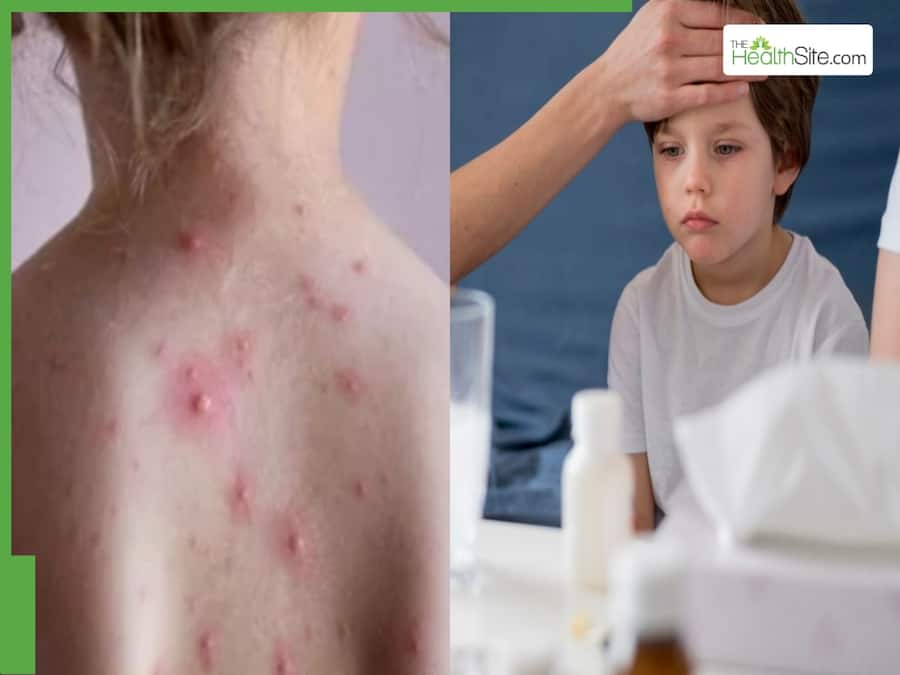While Mpox is relatively rare in children, recognizing its symptoms and distinguishing it from common illnesses is crucial.

Childhood illnesses often cause parents to be concerned significantly when symptoms overlap across different diseases. As Mpox (Monkeypox) is a relatively rare but possible threat to children, distinguishing it from other childhood diseases like chickenpox, hand-foot-mouth disease, or viral rashes is essential. This article provides information on knowing the symptoms of Mpox, how the symptoms are different from those of other childhood diseases, and when to seek medical attention.
What Is Mpox?
Mpox or Monkeypox is a viral illness similar to smallpox. It has generalised symptoms and a skin lesion rash that emerges from the face before spreading to the rest of the body.
- Though rare in children, especially in non-endemic regions, its symptoms can be easily mistaken for common childhood illnesses. Common symptoms of Mpox in children include high temperature or fever and chills, swollen glands particularly in the neck, armpits, and groin, and skin changes which start with flat, discoloured patches and then become fluid-filled, red sores. The rash may also be found on the inside of the mouth, around the genital area, or the eyes, which aids in differentiating it from other skin rashes in children.
- Several childhood diseases share symptoms with Mpox, making it crucial to differentiate between them. Chickenpox is associated with a generalized rash on the trunk, while Mpox begins on the face and limbs with localized lesions on the hands, feet, and mouth, unlike Mpox, which spreads across the body. While measles presents with flat, red spots on the skin after a cold, Mpox presents with raised rash-like tiny pustules after flu-like symptoms. In Scarlet Fever, the rash feels like sandpaper, while in Mpox, patients develop fluid-filled vesicles or pustules.
How To Differentiate Mpox From Common Illnesses
To differentiate Mpox from common illnesses, consider the following key features:
- The lesions of Mpox start on the face or limbs and then spread out. Meanwhile, in chickenpox or HFMD, the rash begins in localized areas.
- Another distinguishing feature of Mpox is the enlargement in the size of the lymph nodes, which may not be seen in chickenpox or HFMD.
- Additionally, Mpox lesions evolve through distinct stages starting as flat spots, progressing to raised bumps, and then to pustules before crusting over . In contrast, chickenpox and HFMD rashes follow different progression patterns.
When To Be Concerned
If they notice:
- Fever with a Progressive Rash: If your child develops a rash that begins on the face or extremities and spreads across the body, especially with fever and swollen lymph nodes.
- Prolonged Symptoms: If the child has a prolonged fever or rash that is not improving after a few days of symptomatic care.
- Exposure to Mpox: If your child has been exposed to someone with Mpox or has recently travelled to an area where Mpox is prevalent, immediate medical advice is necessary.
Conclusion
If Mpox is suspected, isolate the child to prevent virus transmission, seek medical advice for accurate diagnosis and treatment, and monitor for possible complications such as pneumonia or secondary infections, paying close attention to the child’s condition and breathing, improving outcomes and controlling the spread of the virus.






